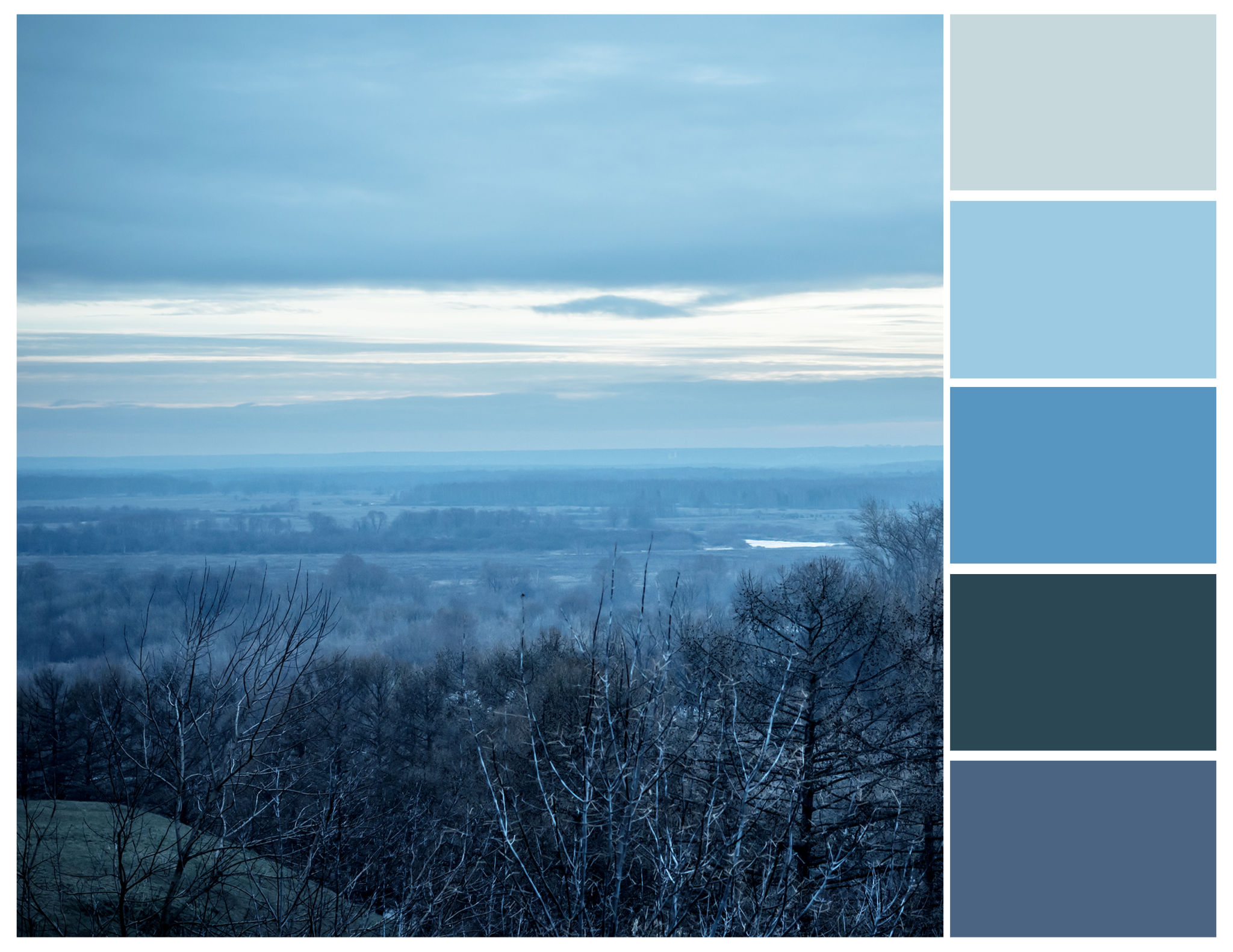Seasonal Trends in Motion Graphics: Staying Ahead of the Curve
Understanding Seasonal Trends in Motion Graphics
Motion graphics are a dynamic and constantly evolving field. Staying ahead of seasonal trends can make a significant difference in capturing audience attention and conveying messages effectively. As technology advances and consumer preferences shift, it's essential for designers and marketers to keep their finger on the pulse of what's trending.
Seasonal trends often reflect broader cultural movements and technological innovations. These changes might include new color palettes, design styles, or animation techniques that become popular during specific times of the year. Understanding these trends can help create more engaging and relevant content for audiences.

The Rise of Minimalism in Motion Graphics
One trend that has gained traction recently is minimalism. This approach focuses on simplicity, using clean lines, limited color schemes, and straightforward typography to convey a message. Minimalism allows viewers to focus on the core message without distraction, making it particularly effective for brands looking to communicate clarity and sophistication.
The appeal of minimalism is its ability to adapt across different platforms and devices seamlessly. As mobile usage continues to rise, designs that are easy to view on smaller screens become increasingly important. This trend is likely to remain influential as brands strive to deliver clear, concise, and impactful content.
Incorporating Seasonal Colors and Themes
Colors play a crucial role in setting the mood and tone of motion graphics. Seasonal trends often bring specific color palettes to the forefront, influenced by factors such as fashion, nature, and cultural events. For instance, spring might see a surge in pastel colors, while autumn could bring warmer, earthy tones into focus.

Designers can leverage these seasonal colors to create graphics that resonate with audiences during particular times of the year. Incorporating seasonal themes not only enhances visual appeal but also aligns with audience expectations and emotions, making the content more relatable.
Interactive Motion Graphics: Engaging the Audience
Interactivity is another trend that's reshaping the landscape of motion graphics. Interactive elements invite viewers to participate in the experience rather than passively consume content. This approach can increase engagement and retention, as users find themselves immersed in the narrative.
Techniques such as clickable elements, animated infographics, and interactive storytelling are becoming more prevalent. By integrating interactive components, designers can create personalized experiences that capture attention and encourage deeper exploration of the content.

Looking Ahead: Future Trends
As we look to the future, several emerging trends are poised to influence motion graphics further. The integration of artificial intelligence (AI) and machine learning is expected to bring new levels of customization and automation to design processes. AI-driven tools can analyze data trends and provide insights that inform design decisions, enabling more targeted and effective graphics.
Additionally, the rise of virtual reality (VR) and augmented reality (AR) presents exciting possibilities for motion graphics. These technologies offer immersive experiences that can revolutionize how audiences interact with content. Staying ahead of these technological advancements will be crucial for designers aiming to push the boundaries of creativity in motion graphics.
